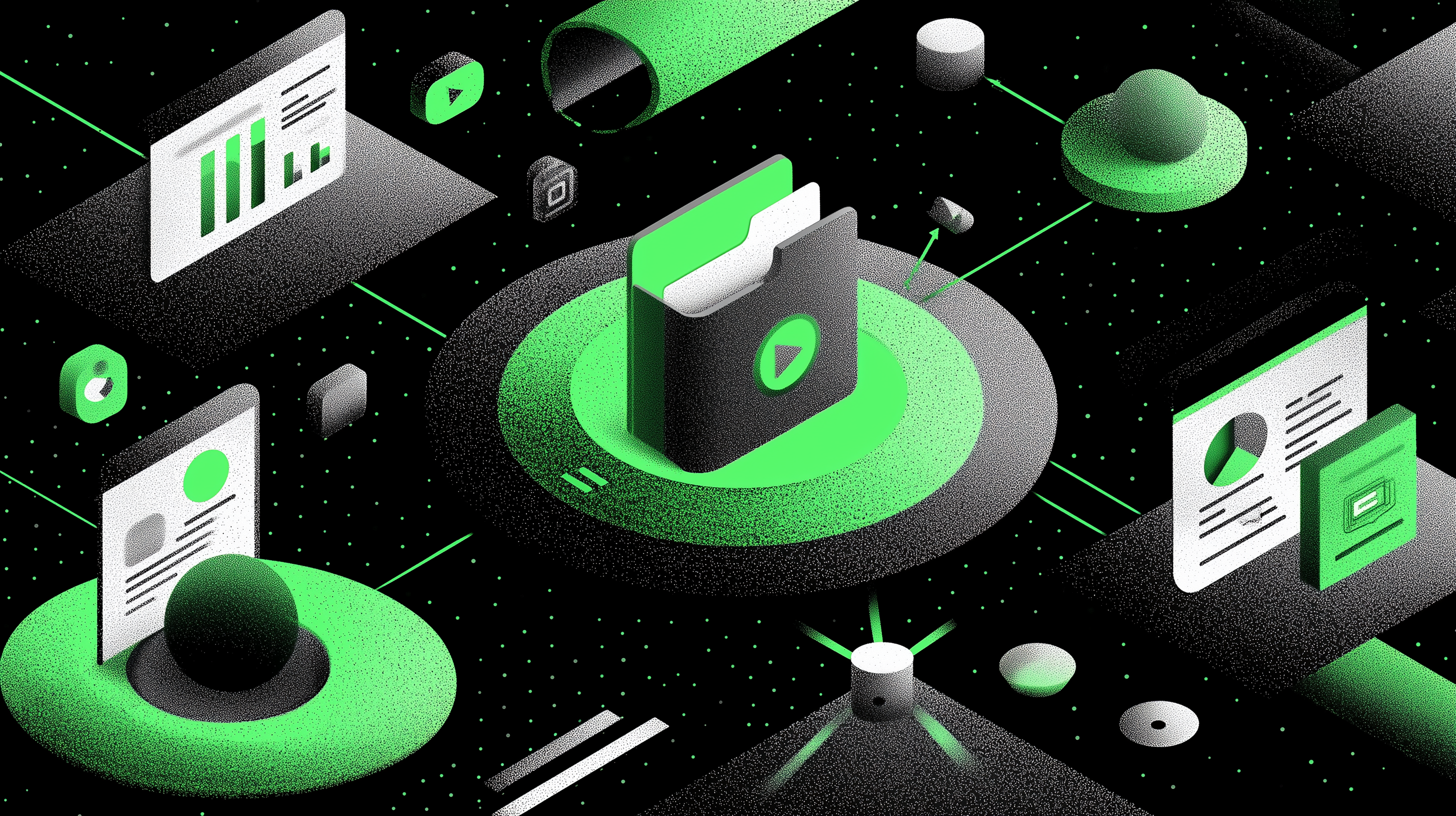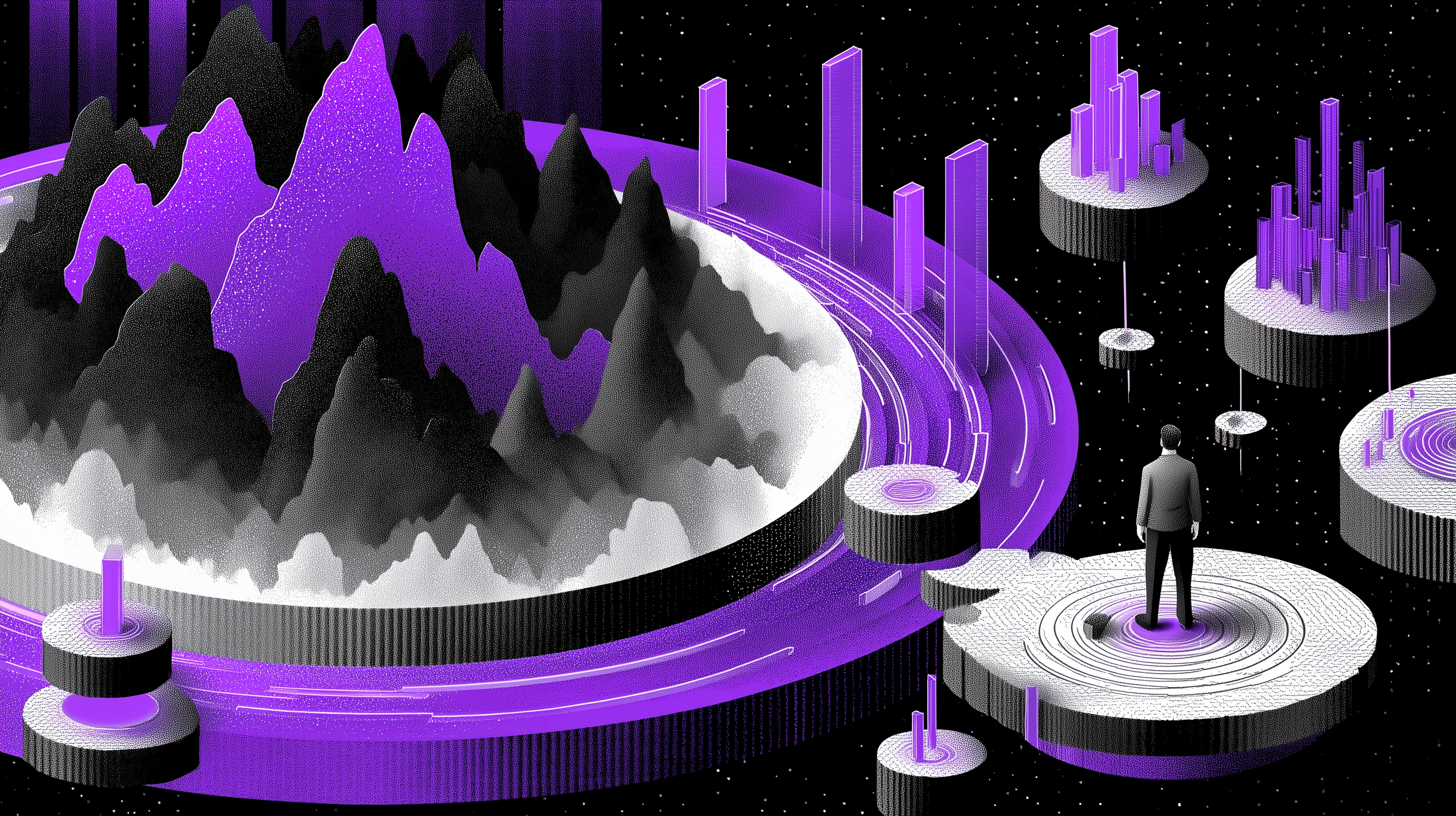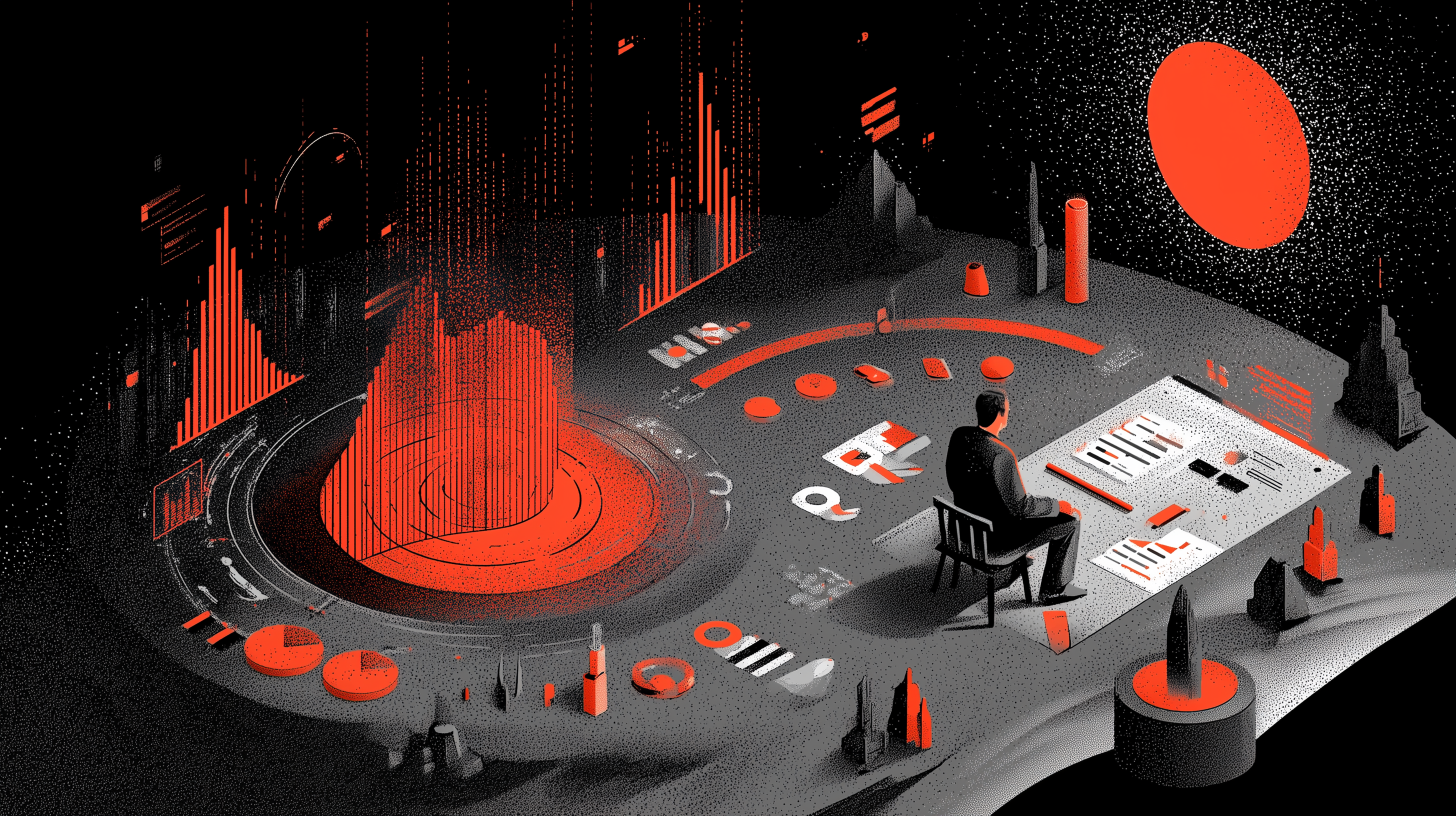A single hub for all your content: how centralized asset management transforms collaboration

Centralize Your Content to Boost Efficiency, Brand Consistency, and Asset Security
Why Centralizing Your Content Has Become Essential
In a digital environment where every campaign involves visuals, videos, documents, and multiple adaptations, marketing and creative teams face a major challenge: finding, validating, and efficiently sharing the right content.
According to Eyebase (2024), employees spend up to 19% of their working time searching for information—equivalent to nearly one full day per week lost locating scattered files.
This loss of time and productivity is exactly what centralized asset management, or Digital Asset Management (DAM), is designed to solve.
The promise of DAM is simple: a single hub for all your content, ensuring brand consistency, smooth collaboration, and enhanced security.
What Is Asset Management?
Asset Management refers to how an organization manages, optimizes, and maintains its resources over time.
While the term originally applied to finance (portfolio or investment management), it has since expanded into the realm of digital content.
Digital Asset Management (DAM) is the modern form of this approach — it involves the structured management of media files such as photos, videos, logos, marketing documents, and presentations.
By centralizing these files within a collaborative platform, teams can not only access them easily but also control versions, manage rights, and track their distribution across multiple channels.
Digital Asset Management: The Core of a Fluid Creative Ecosystem
A DAM solution serves as the central hub of a company’s digital ecosystem.
It gathers all communication assets in one place — product visuals, promotional videos, templates, graphic elements, and more.
Each asset is classified, tagged, and versioned to ensure optimal use.
Many organizations report that centralizing assets through a DAM helps reduce brand errors, such as using outdated logos or visuals.
A Practical Example
In a multinational company, a DAM allows the German branch to access the same product visuals as the French team — while still respecting local usage rights and brand guidelines.
A collaborative platform like MTM goes even further: it connects asset management, validation, and archiving in a single environment.
Creative teams, project managers, and external stakeholders can monitor progress, comment, and approve deliverables without leaving the platform.
The Key Benefits of Centralized Asset Management
Brand Consistency and Governance
The primary benefit of Digital Asset Management is consistency.
Every member of the organization accesses a single, “official” version of each asset — no more duplicates or files named “v2_final_final_review.pdf.”
Marketing teams can ensure strong brand governance: logos, typography, and messaging remain consistent across regions and channels.
Example: a global company like Unilever manages thousands of visuals through a global DAM system to maintain a consistent image across more than 150 markets.
Collaboration and Workflow Efficiency
Centralized asset management simplifies cross-team collaboration.
Designers upload versions, marketers validate, and external partners review — all without endless email chains or large file transfers.
In a collaborative DAM workflow, every step is tracked: who made changes, when, and why.
Comments are centralized, approvals are automated, and version histories are preserved.
Modern platforms like MTM provide secure review links, allowing clients to approve content without needing an account — a valuable feature for agencies and multi-stakeholder marketing teams.
Security, Traceability, and Compliance
Beyond productivity, a DAM system strengthens security and regulatory compliance.
Each asset includes metadata (usage rights, licenses, expiration dates), reducing the legal risks associated with improper image use.
Many organizations now consider governance and compliance features as key criteria when selecting a DAM solution — ensuring assets are secure, traceable, and properly managed.
Modern solutions also offer complete traceability: access history, automated backups, and intelligent archiving — turning data into a true managed asset.
Choosing the Right DAM Solution: Key Criteria and Best Practices
Adopting a centralized asset management solution isn’t just a software purchase — it’s a cultural shift: moving from fragmented storage to a mindset of shared governance and accessibility.
Essential Criteria
- Ease of use and accessibility for all roles (creatives, marketers, clients).
- Integration with existing tools (Adobe Suite, Slack, Google Drive, CMS…).
- Scalability to handle growing media volumes.
- Analytics capabilities for tracking downloads, approvals, and project timelines.
The Intelligent Future of Asset Management
DAM systems are evolving toward Asset Intelligence — integrating artificial intelligence to analyze, tag, and automatically recommend the most relevant content.
Visual recognition technologies identify objects, logos, or faces;
semantic search algorithms improve content discovery;
and predictive systems anticipate team needs.
This evolution toward intelligent asset management software positions content as a strategic business asset, on par with customer data.
From Chaos to Control: A Unified Hub to Empower Your Content
Amid rising content volumes and faster campaign cycles, centralized asset management has become a key performance driver.
It enables teams to quickly find the right content, maintain brand consistency, and streamline collaboration across creative, marketing, and external teams.
Companies embracing this approach build a culture of controlled visual data, where every file becomes a strategic asset rather than just a document.
MTM embodies this transformation by uniting asset management, validation, and archiving within a single collaborative interface — a true all-in-one hub for managing creative production at 360°.
FAQ: Centralized Asset Management (Digital Asset Management)
What is a Digital Asset Management (DAM) system?
A DAM centralizes, organizes, and shares a company’s media files to ensure brand consistency and operational efficiency.
Why should you centralize your marketing content?
To avoid file dispersion, reduce duplication, and enhance collaboration across teams.
What’s the difference between Asset Management and Digital Asset Management?
Asset Management handles financial assets; Digital Asset Management deals with digital files (images, videos, documents).
What are the benefits of a collaborative DAM platform?
It simplifies teamwork, streamlines content approval, and enables real-time version control.
How do I choose the right DAM solution for my company?
Evaluate your team’s needs, existing tools, and check for compatibility, security, and ease of adoption.
Sources
Other Posts

Where should applied ai intervene to maximize the impact of marketing campaigns ?

How AI agentizes market data to write strategic pre-creation recommendations.

